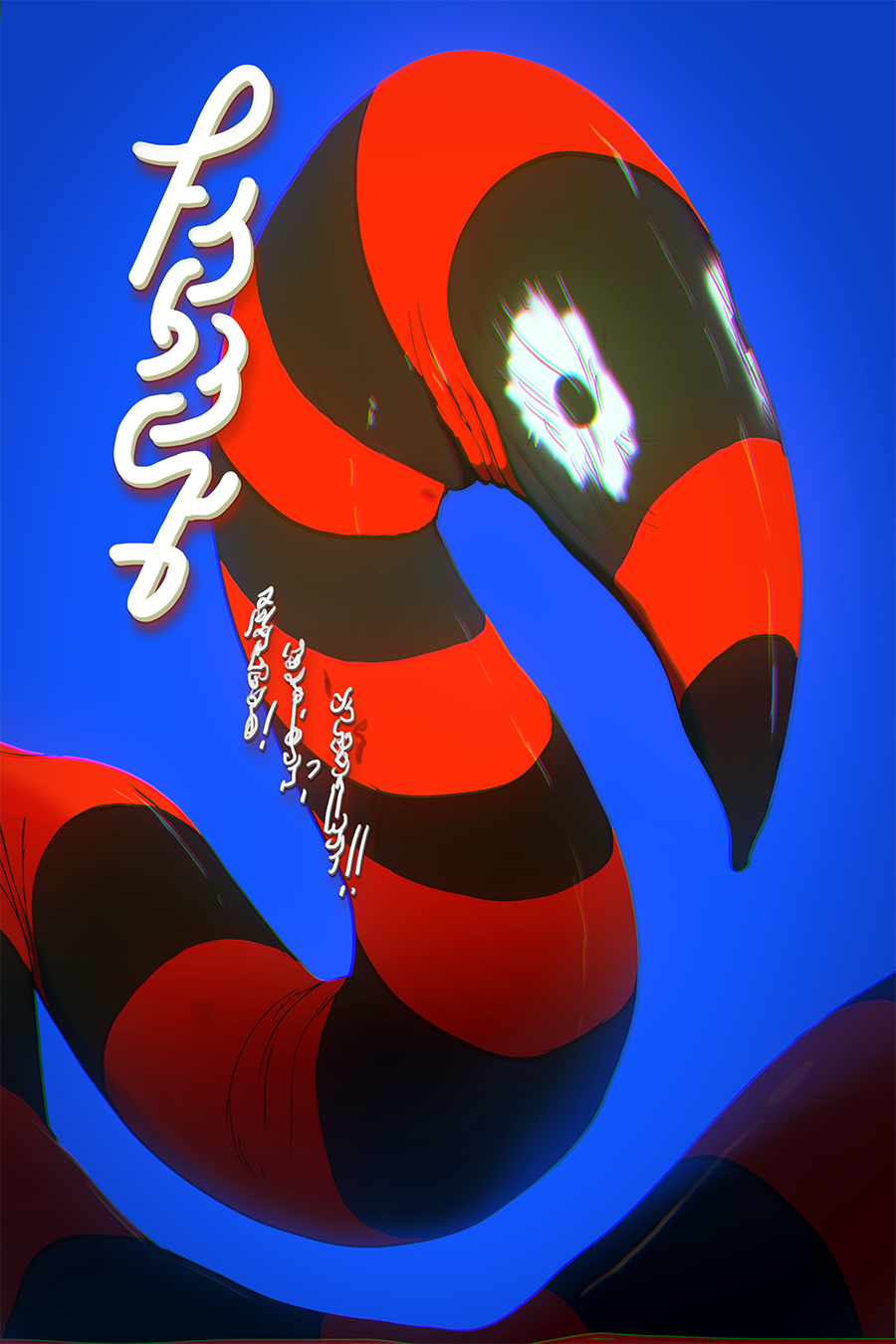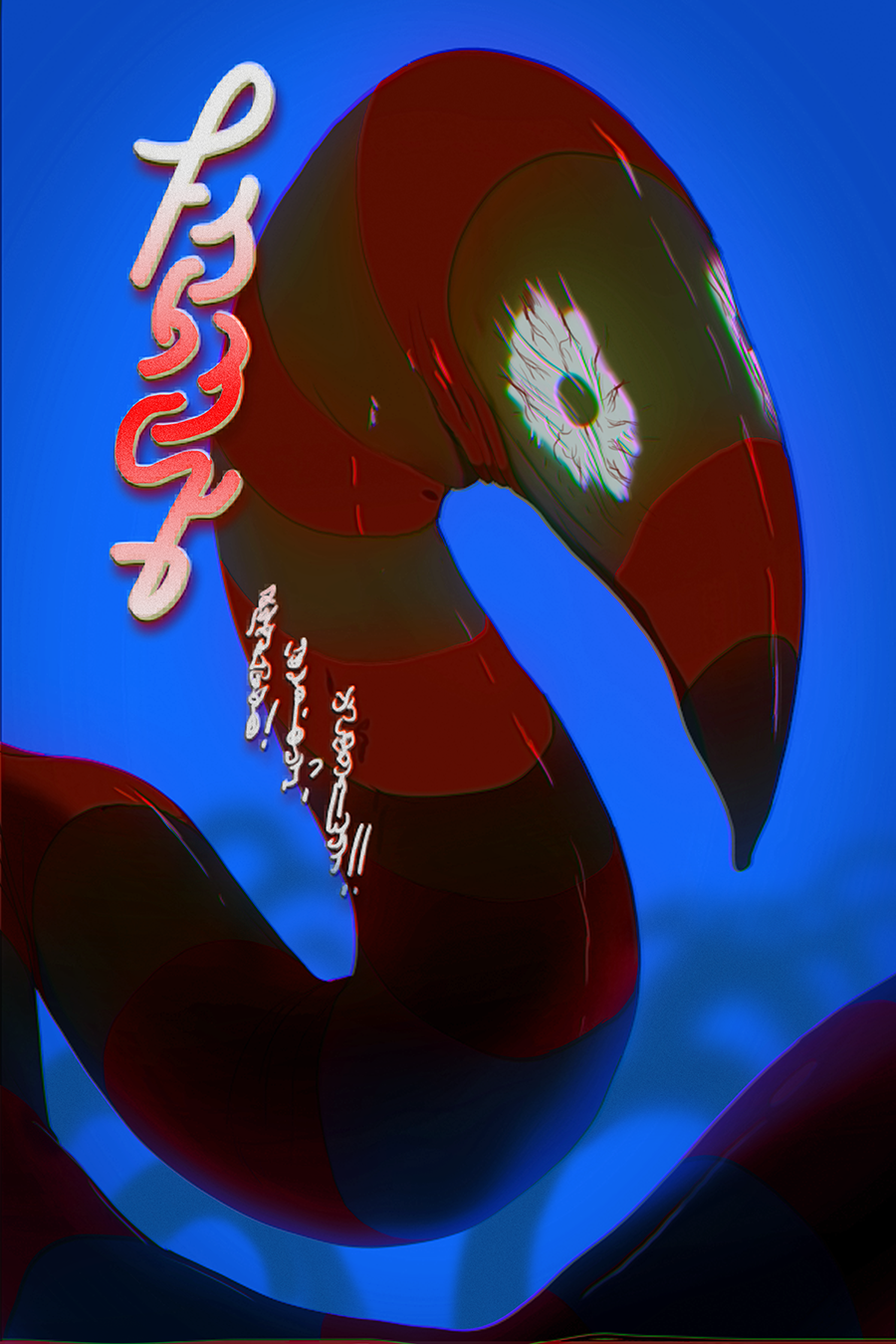▟▛ ▜▛▛▞▛ ▘▞
▖▚ ▘▟▖▛ ▜▟▙▜▙ ▝▗▖▚ ▟▟▚▗ ▛▖▙▜ ▜▘▝▜
▙ ▛▗▗▜▖▚ ▘▟▖▛ ▜▟▙▜▙ ▝▗▖▚ ▟▟▚▗ ▛▖▙▜ ▜▘▝▜ ▚▝▚▗ ▛▖▖▝ ▙▝▜▝ ▝▜▛▙ ▜▘▝▚ ▘▗▘▜ ▘▚▙▖ ▝▙▟▚ ▚▘▚▘ ▟▞▜▖ ▙▜▜▞ ▙▗▙ ▟▙▚▞ ▛▛▞▚ ▞▗▜▞
▜ ▜▘▝▜▖▚ ▟▟▚▗ ▛▖▙▜ ▜▘▝▜▖▚ ▘▟▖▛ ▜▟▙▜▙ ▝▗▖▚
▚▝▚▗ ▛▖▖▝ ▙▝▜▝ ▝▜▛▙ ▜▘▝▚ ▘▗▘▜ ▘▚▙▖ ▝▙▟▚ ▚▘▚▘ ▟▞▜▖ ▙▜▜▞ ▙▗


▛▛▖ ▛▝▛▚ ▘▙ ▛▝ ▜ ▜▚ ▜▘ ▛ ▝▚ ▗ ▞▞ ▜▜ ▝▟ ▚▝ ▟▙ ▟▘ ▟▗ ▚▖ ▛▟ ▛▟ ▜▜ ▘ ▗▗ ▝▙ ▙▗ ▙▝ ▛▘ ▗▛ ▜▝ ▜▖ ▞▙ ▜▝ ▙▖▚▗ ▗▜ ▟▜ ▞▙ ▙▝ ▛ ▘ ▛▖▚▛ ▞▗▜▛ ▝▞▗▛ ▜▙▙▚ ▙▝▘▖ ▘▗▞▖ ▚▚▖ ▞▝▜▛ ▟▚▟▘ ▟▖▜▗ ▜▛▜▛▝▟ ▞▛ ▙▙ ▘▝
▞▚▛▙ ▟▖▘▚ ▗▜▚▙ ▙▚▙▘ ▘▚▝▚ ▝▛▛▜ ▙▜▘▗ ▙▟▞▙ ▟▜▖▙ ▝▘▛ ▟▞▜▙ ▛▛▘▟ ▟▛▟▝ ▘▞ ▗▟ ▛▞ ▝▖ ▗▞ ▝▘ ▝▙▙▚ ▞▛▚▖ ▚
▘▝ ▙▖ ▜▟ ▟▚ ▜▗ ▝▚▝▞▝ ▙▞▗▛ ▜▝▛▞ ▟▝▝▝

You don't have to think again in your life !!
▝▟▚ ▞▖▙▖ ▟▘▝ we can take it away...
▛▘▟▙ ▚▚▚▝ ▙▙▘ ▟▘▖▗ ▛▜▟▜ ▞▞▘▞ ▛▛▟▚ ▞▗▜▝ ▝▜▖▖ ▘▙▟▝ ▝▖▚▚ ▙▟▜▞ ▚▜▚▞ ▚▗▖▟ ▜▖▞▛ ▚▟▛▖▘▗ ▘▝ ▜▞ ▗▟ ▚▚ ▟▙ ▘▚ ▟▜ ▛▞ ▚ ▟▞▛▘ ▞▟▚▟ ▟▛▝▜ ▞▘▛▜ ▜▛▚▚ ▜▝▛▘ ▘▙▝▛ ▛▘▘▟ ▚
▗▞▚▞ ▘▞▛ ▚▝▛▖ ▘▛▖▗ ▘▜▘ ▟▚▟▚ ▘▝▟▚ ▞▖▙▖ ▟▘▝ ▟▟▙▜ ▛▘▖▟ ▜▟▙▗ ▞▜▘▗ ▚▝▚▞ ▟▖▘▙ ▘▘▙▙ ▗▟▝▚ ▞▛▜▝ ▚▟▘▜ ▛▜▖▗ ▝▞▛▞ ▜▘▞▛▗ ▝▞▛▞ ▜▘▞▛
▘▝▚ ▜▞▞▘ ▘▘▟▗ ▝▗▗▗ ▞▛▚▝ ▟▘▞▝ ▞▖▞▚ ▜▙▖▟ ▟▚▜▞ ▟▜▞▞ ▛▟▜▟ ▙▚▝ ▙▙▛▙ ▗▘▘ ▘▞▛▞ ▚▟▖▝ ▗▛▟▚ ▜▗▛▞ ▙▙▗▚ ▛▜▜▘ ▛▟▞▚ ▙▖▝▝ ▚▖ ▚▙▟▚ ▟▜▖▝ ▝▚▛▙ ▛▙▟▛ ▜▙▝▞ ▞▘▝▖ ▞▟ ▙▖▛▞ ▚▚▙▝ ▛▟▛▝ ▞▝▘▙
▞▛▟ ▞▘▝▖ ▚▚▛▞ ▛▛▛▟ ▜▙▚▘ ▞▞▝
▝▙▜▗ ▞▜▙▙ ▞▛▛▘ ▜▖▛▝ ▚▜▟▝ ▝▜▟▚ ▛▘▚▜ ▚▚▘▞ ▝▙▚▝ ▗▘▟▟ ▝▖▞ ▙▝▞▚ ▜▜▗▞ ▚▟▖▖ ▜▜▖▘ ▜▝▛▚ ▗▚▟▟ ▚▞▚▜ ▙
there's more to find out behind it all
Evolution (design principles of the strangers vs. the natural world)
With strangers all being variants of some unseen base form, the first generation's points of assumed deviation tend to remain focused on a single, primary element (the kerodroni's antennae, the buledroni's exaggerated sadness.) Successive generations reframe the stranger (Primer, minimized for Minuet), alter the stranger's color, proportion, or substance (luminderi's lightbulb base turned to lumindrozz's neon), change the stranger in relation to outside forces (as in Hollow Crowns), or shift the format's focus off of the strangers altogether.
This stands in contrast with the design principles of the Fade or the Nurenverse, which are more 'organic' in the designs; the first focal point might be a pair of wings, with a mane as a secondary detail, then horns as a tertiary embellishment, and so on. We see in nature numerous occurrences of overlapping traits (some avians possess traits A+B+C, some A+C, and some B) and in this way, we see countless variations of birds that are more or less similar to each other, but none of them are pixelated, or are shaped like a bird in a Picasso painting, or possess fly wings.
▞▝▙▝ ▗▚▟▟ ▜▖▖▞ ▙▛▜▖ ▗▝▘▘ ▟▖▜▚ ▜▚▜▟ ▞▛▞▙ ▚▖▜▖ ▝▙▞▜ ▛▘▟▞ ▙▞▙ ▞▖▗ ▚▛▞▟ ▝▖▚▛ ▚▘▞▘ ▛▘▘▖ ▟▛▝▞ ▟▗▙▛ ▚▖▟▗ ▝▝▟▛ ▟▚▞▞
▙ ▛▗▗▜ ▛▛▗▚ ▝▚▚▗ ▞▚▜▖ ▝▞▝▜ ▛▜▘▚ ▙▞▘▝ ▝▟▚▟ ▜▗▞▜ ▟▛▗▟ ▚▜▛▟ ▝▗▝▘ ▘▞▞▘ ▗▙▚▚ ▞▞▟▝ ▛▛▚▝ ▟▟▝▚▛ ▞▜▗▝ ▚▞▙▘ ▙▜▚▜ ▗▜▟▝ ▟▞▘▛ ▟▛▙ ▜▖▜▚ ▟▗▖▛ ▞▟▖▙ ▟▘▙▛ ▜▚▗▖ ▞▚▜▞ ▝▜▛▙ ▟▙▚▞ ▛▛▞▚ ▞▗▜▞
▝▞▜ ▜▙▝▛ ▟▙▜▙ ▝▞▚▚ ▛▛▜▜ ▞▘▚▙ ▟▝▟ ▛▙▖▛ ▞▜▛▜ ▘▜▛▛ ▛▟▚▜ ▙▚▛▖ ▟▙▘▙ ▙▝▟▟ ▛▞ ▙▝▜▜ ▜▟▝▟ ▚▙▚▞